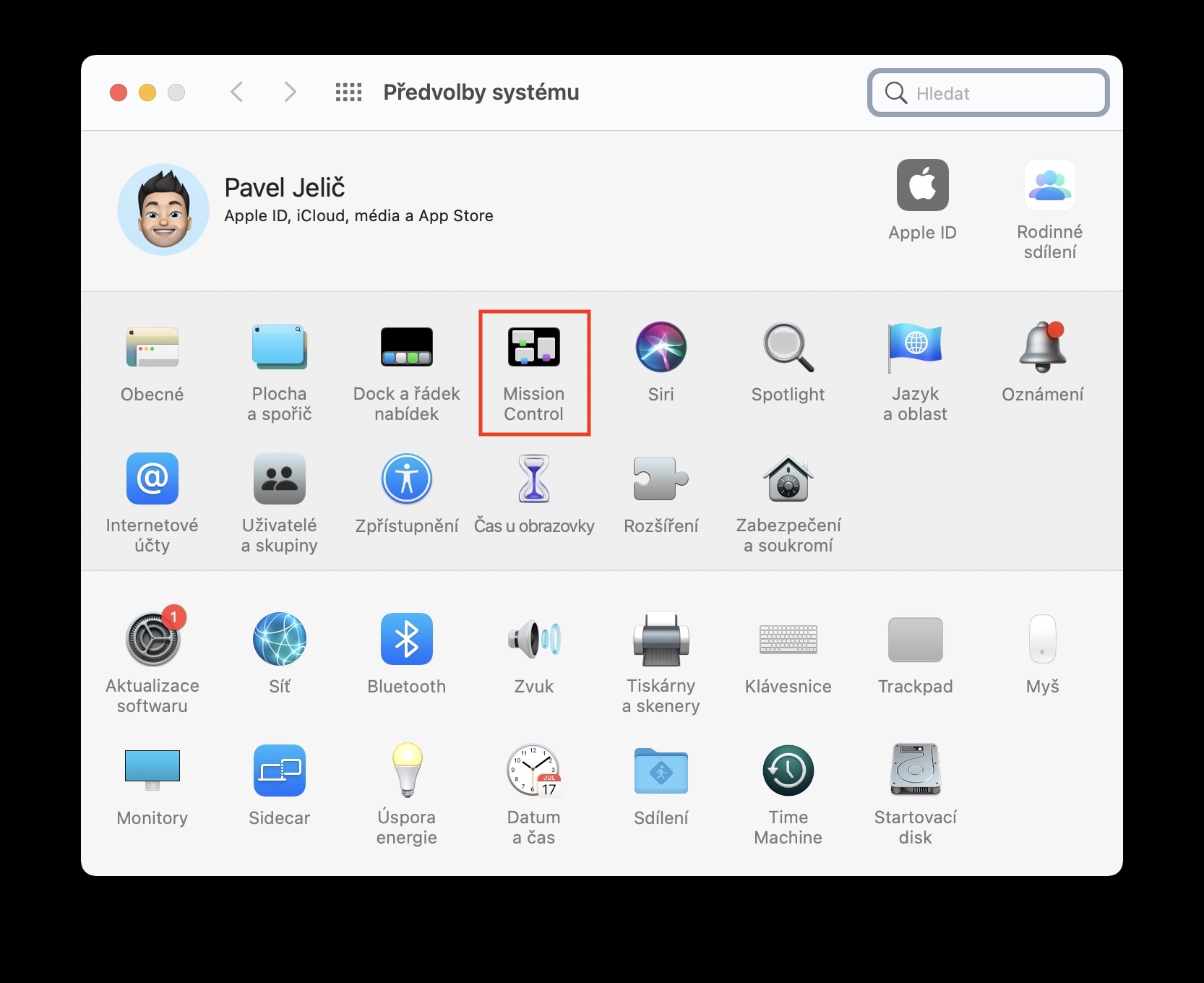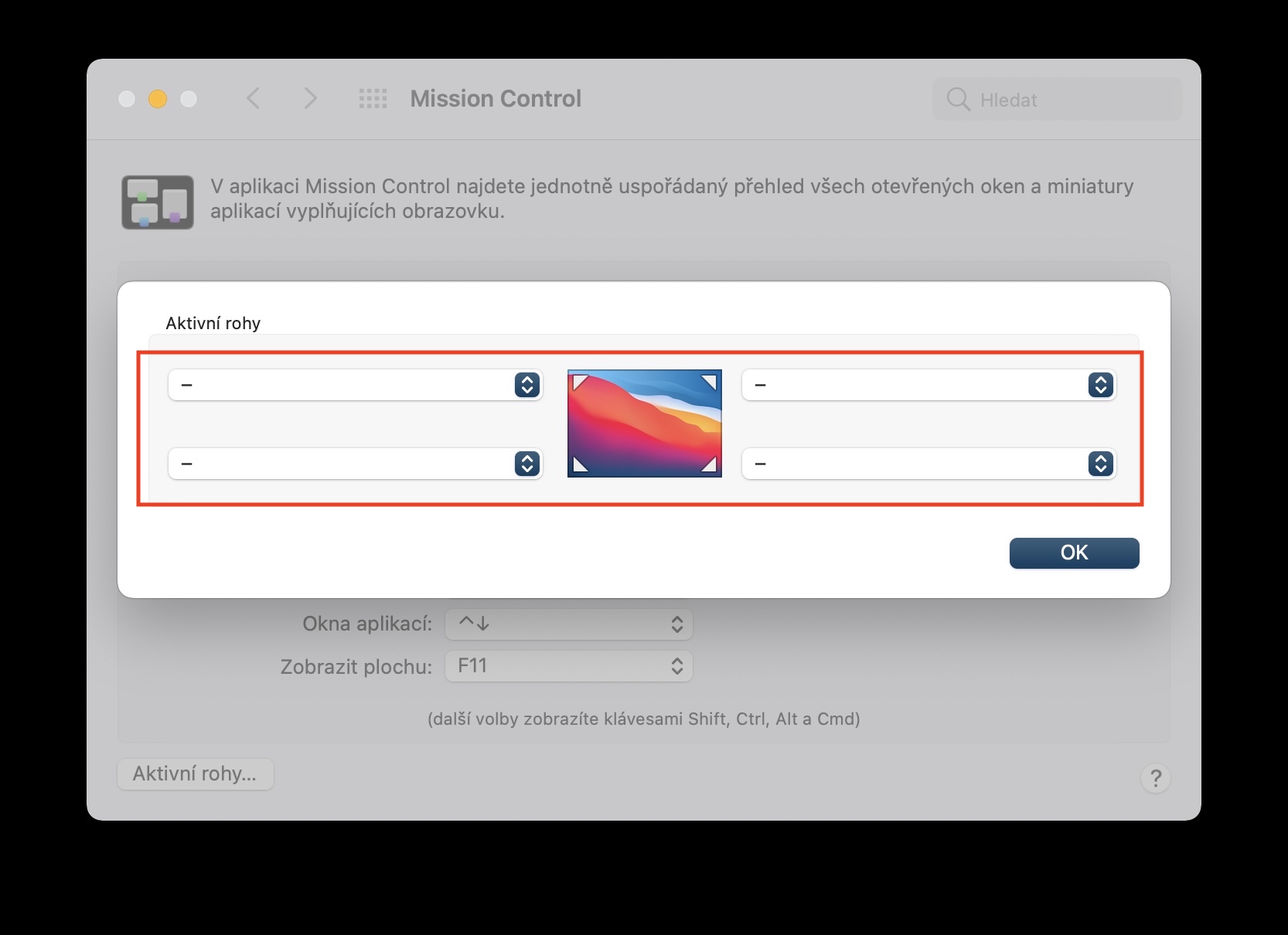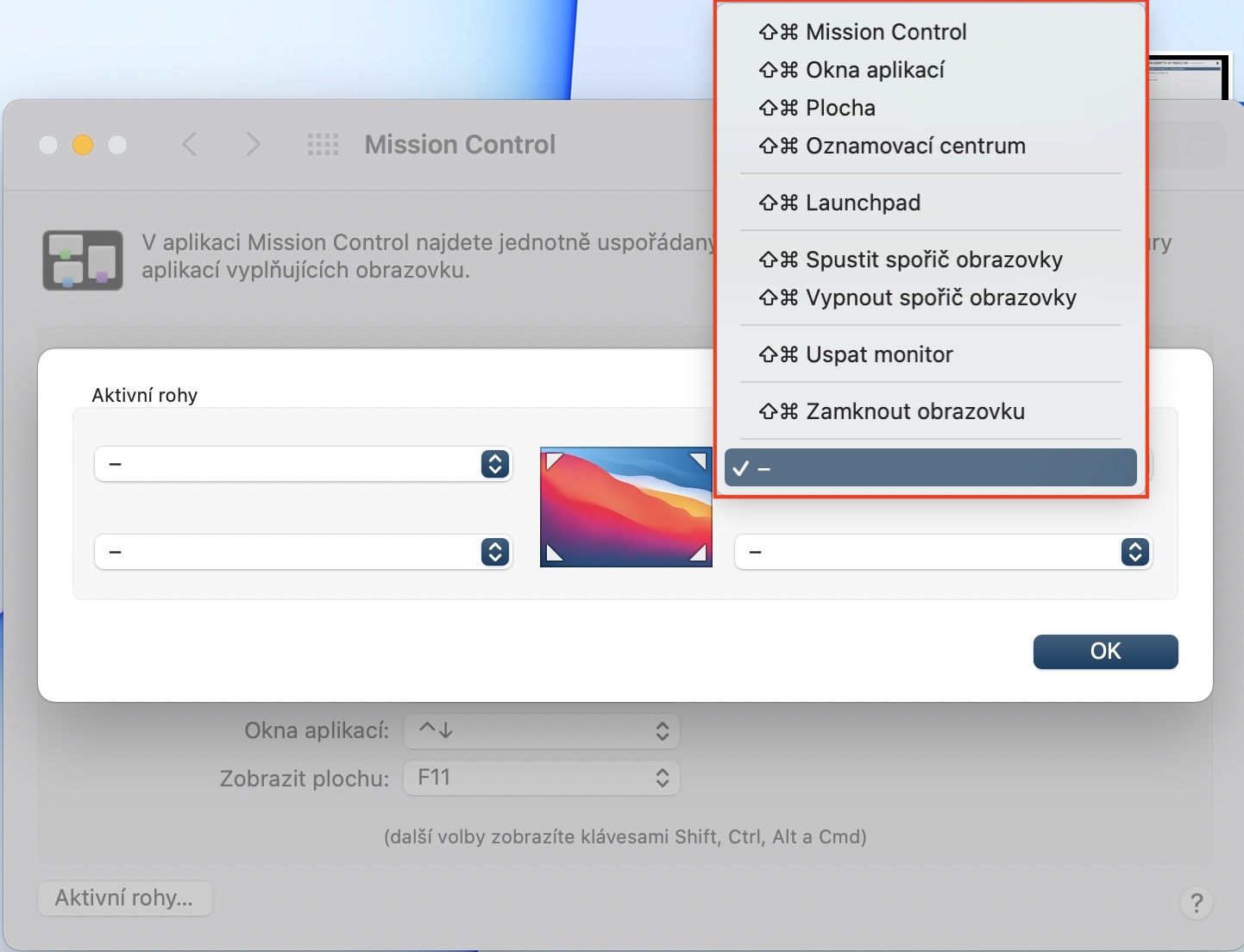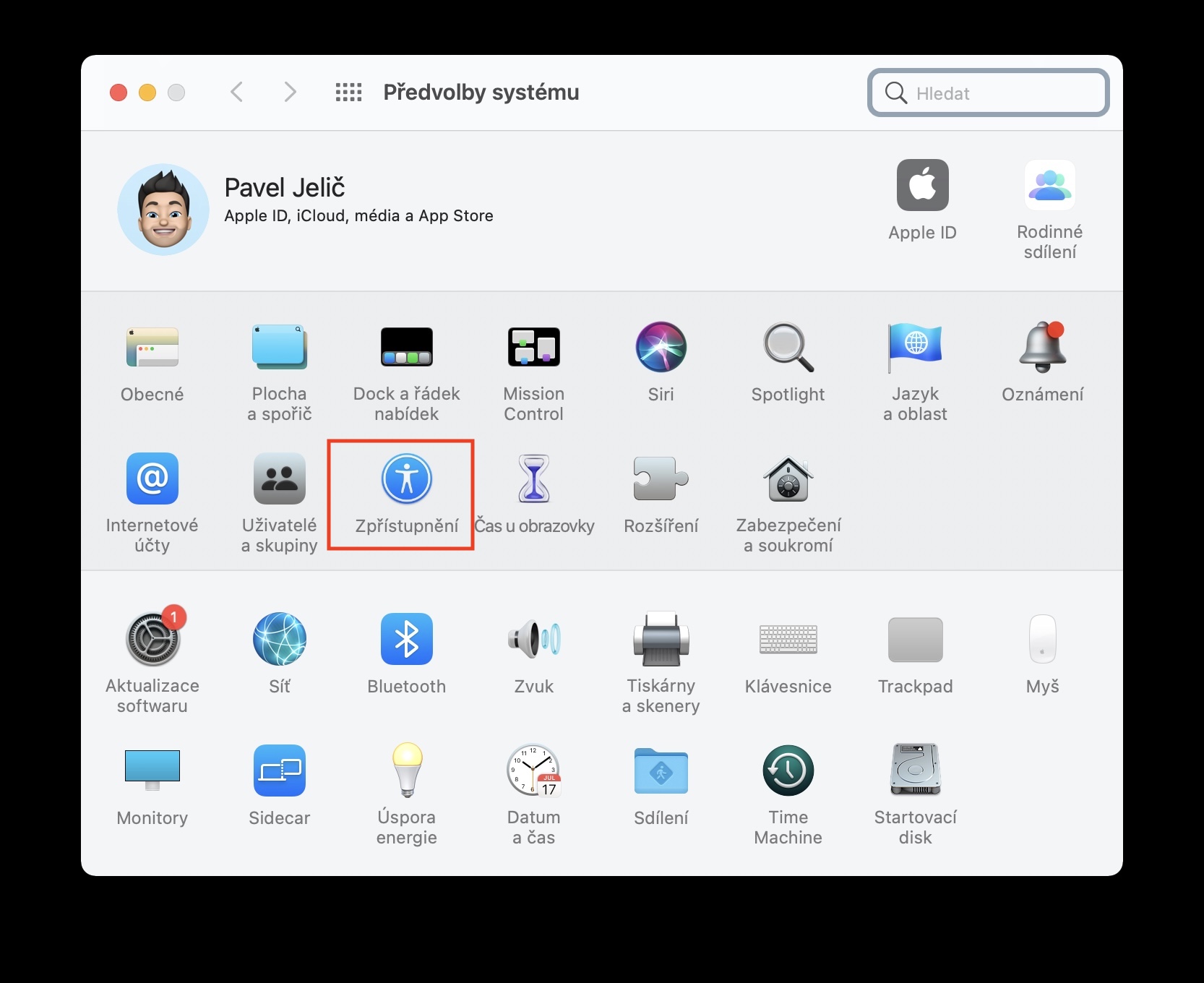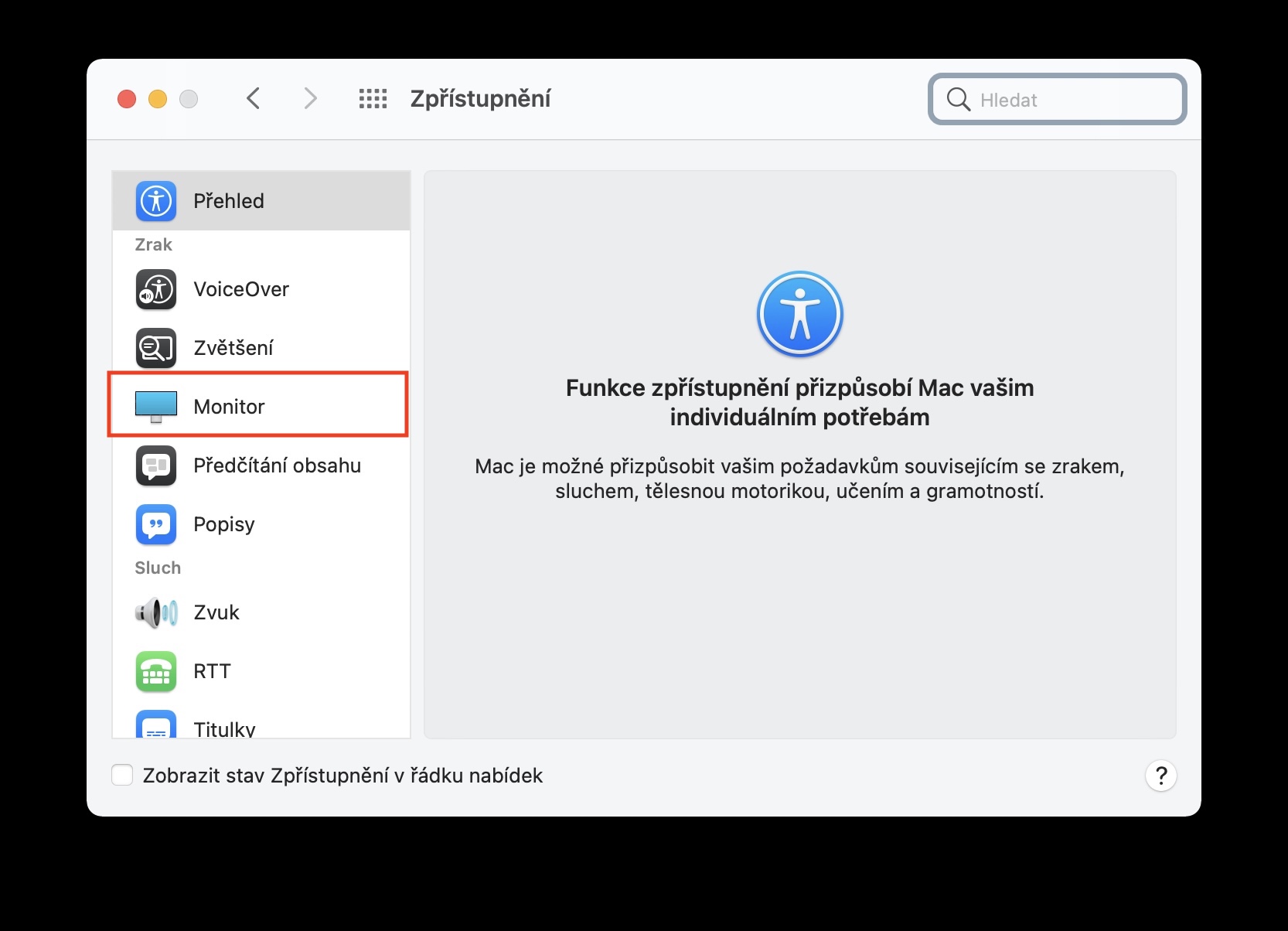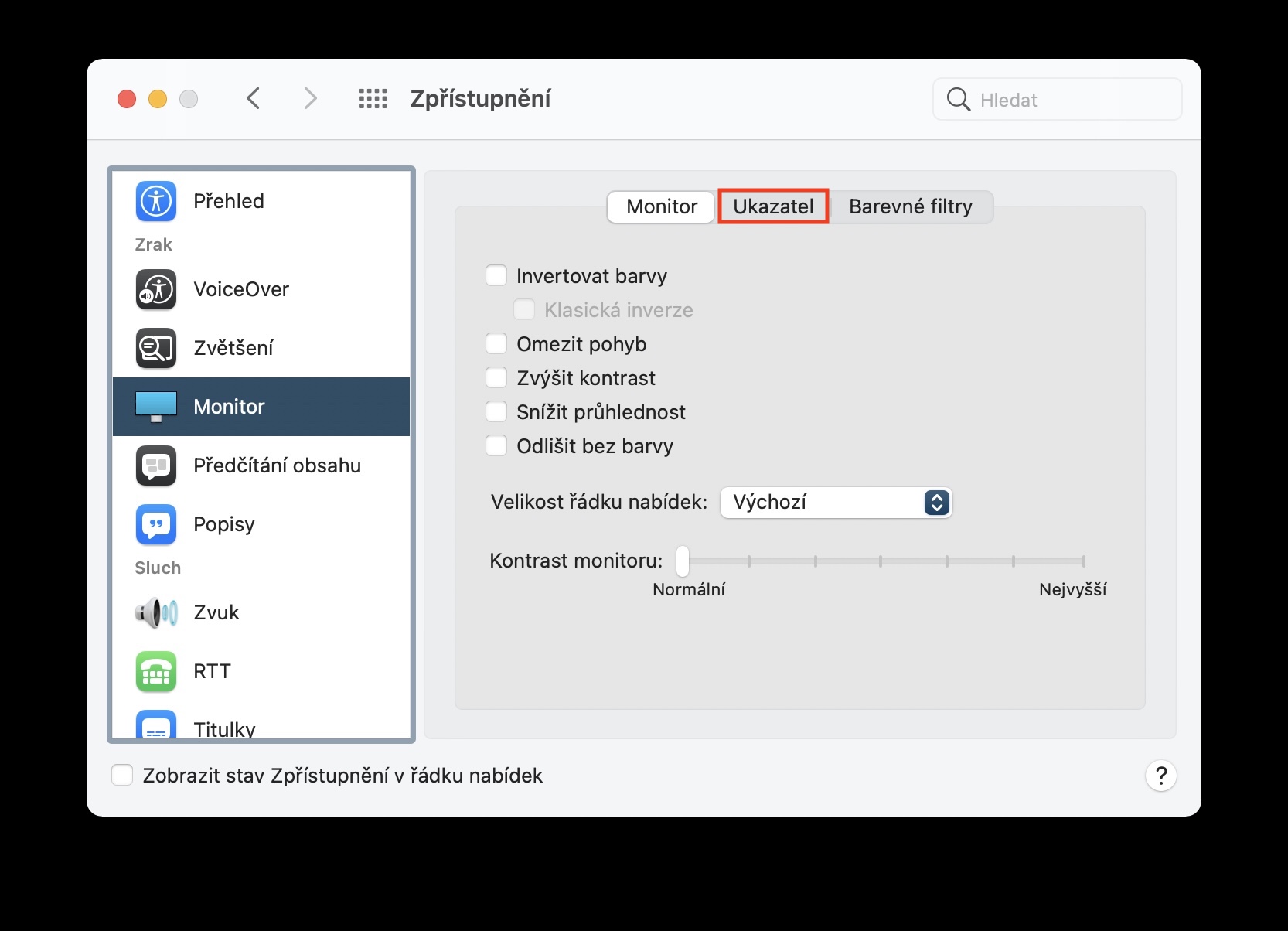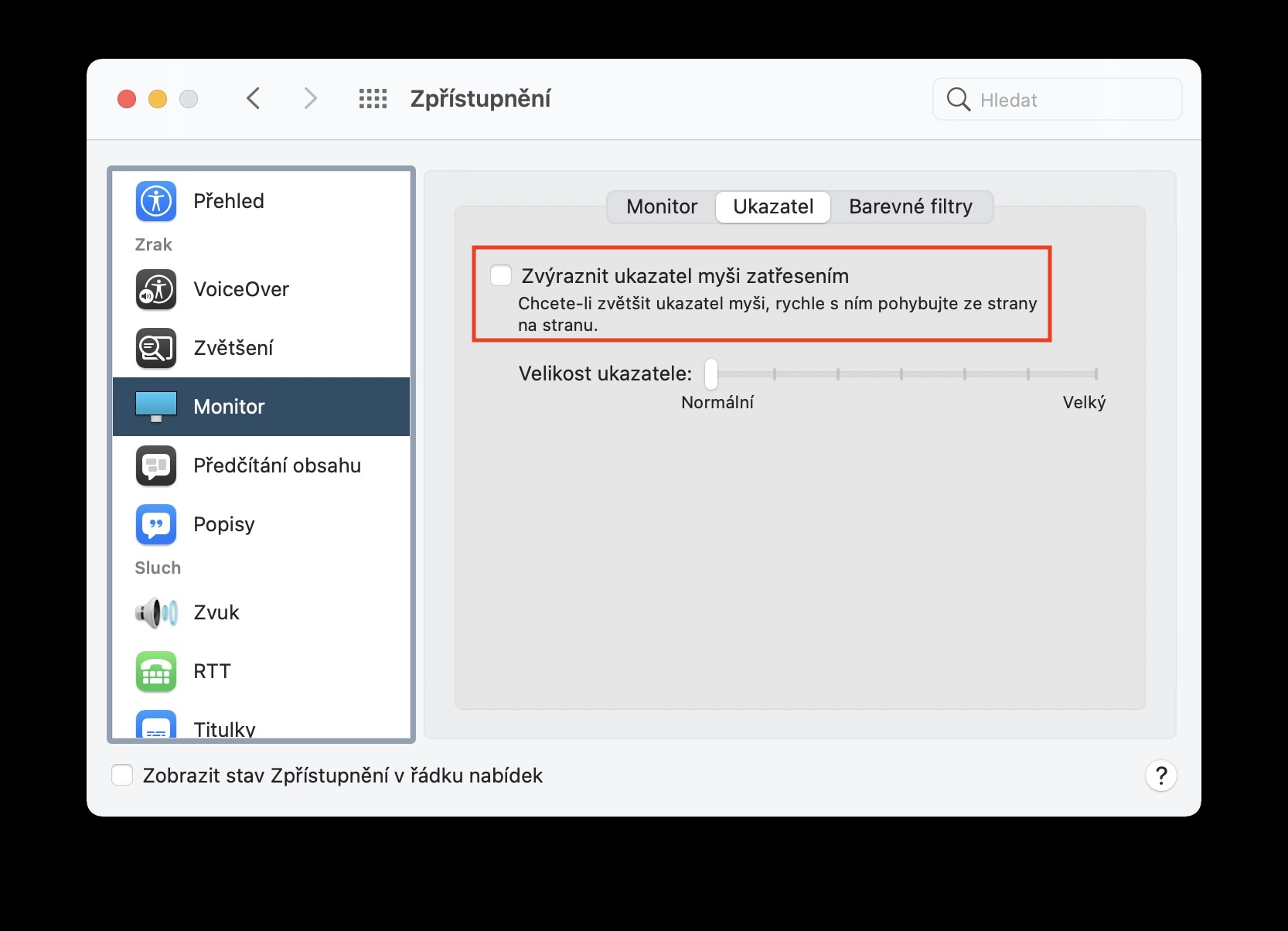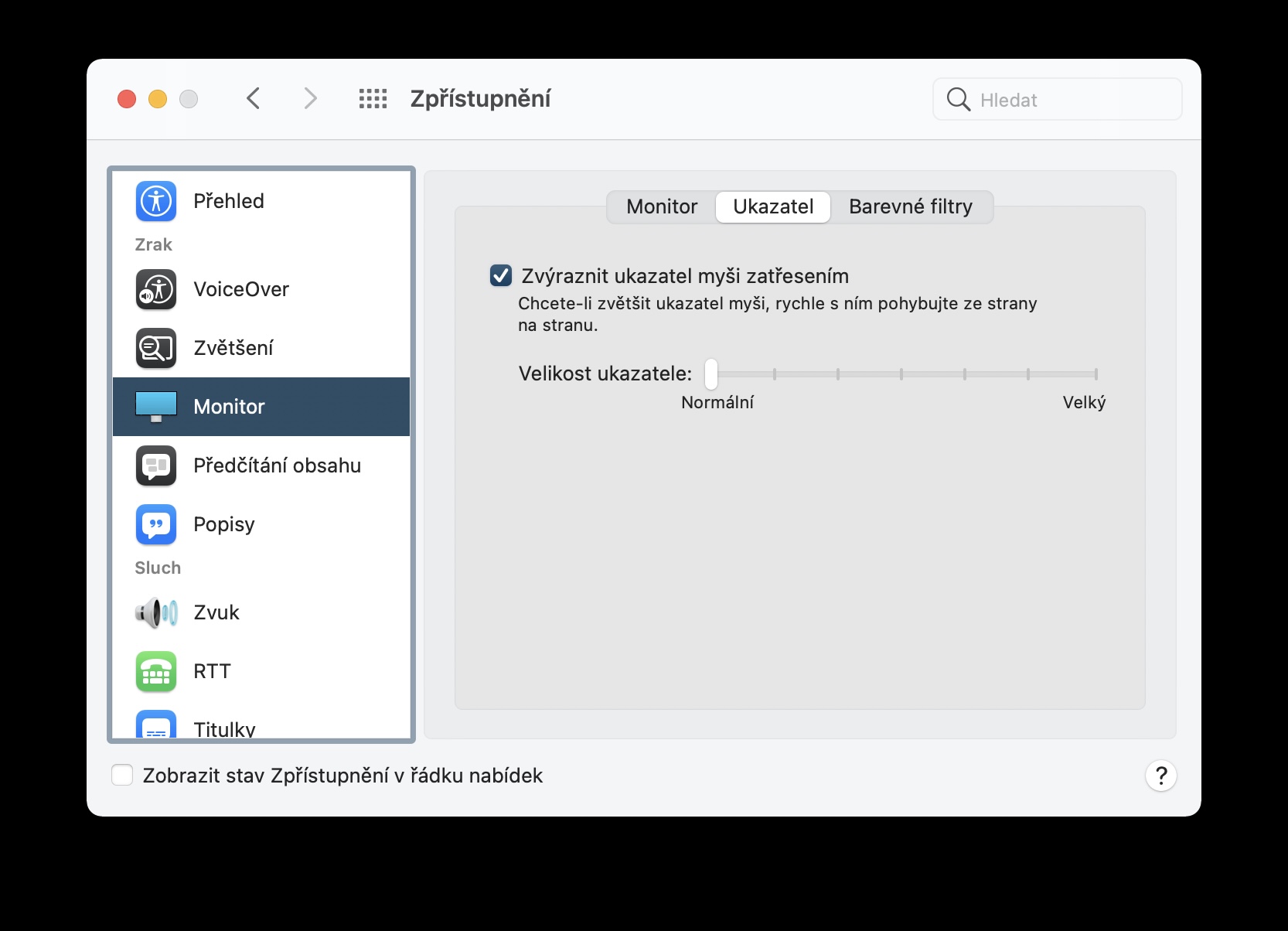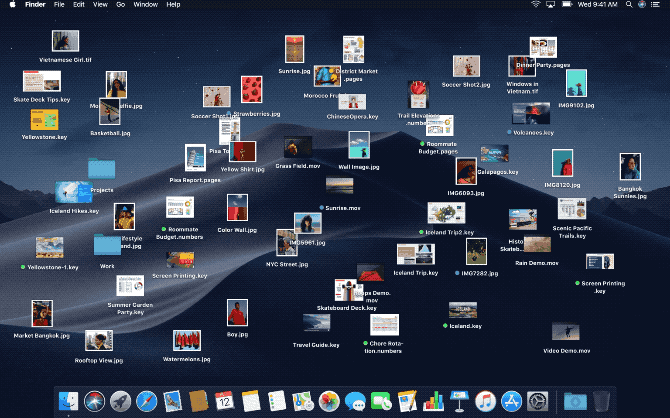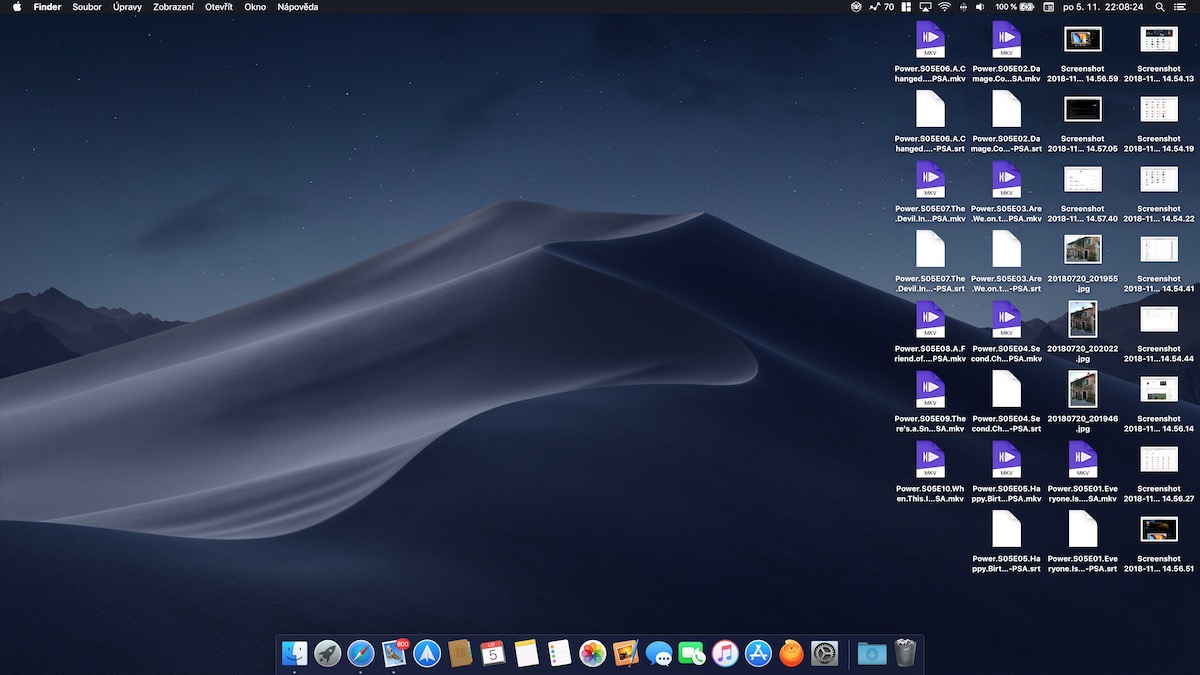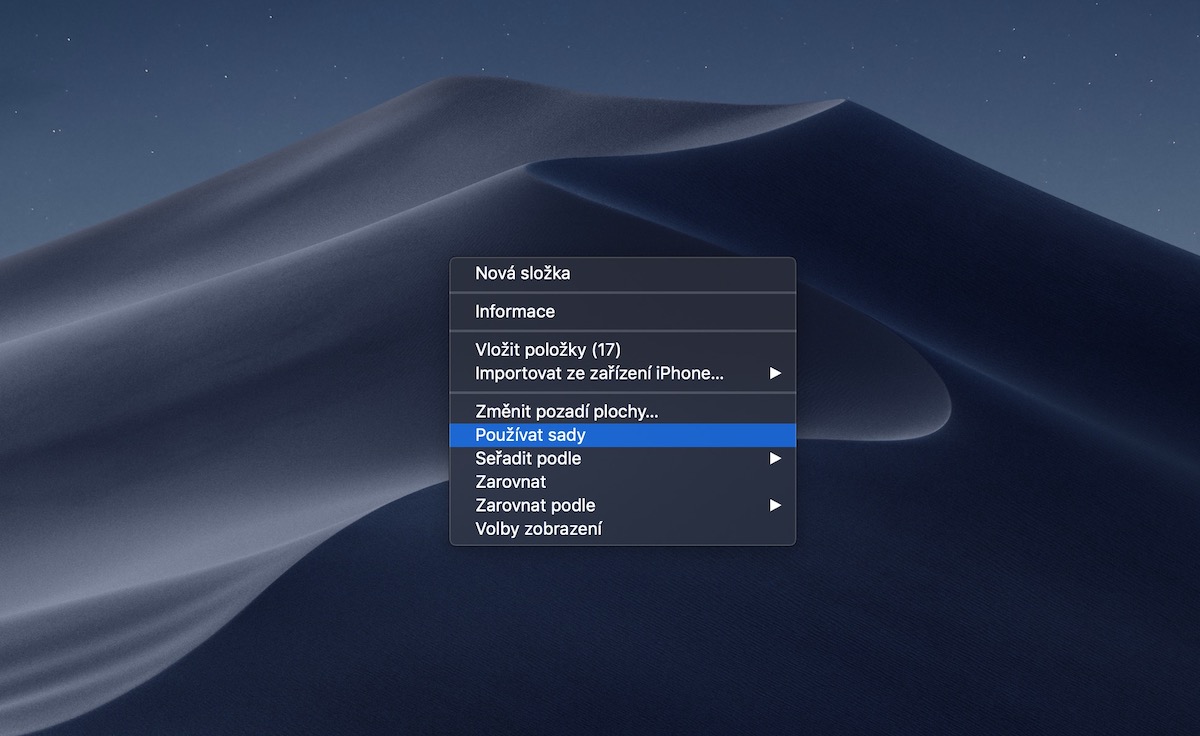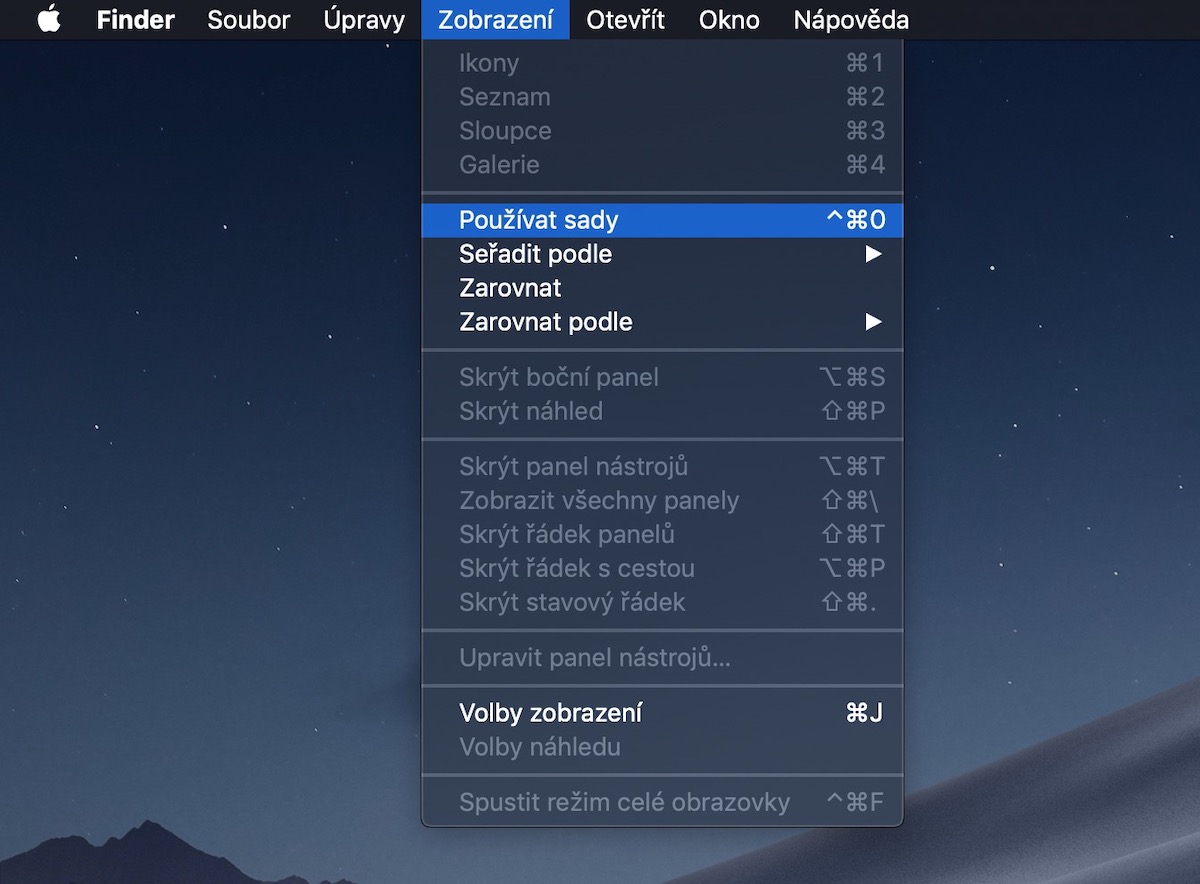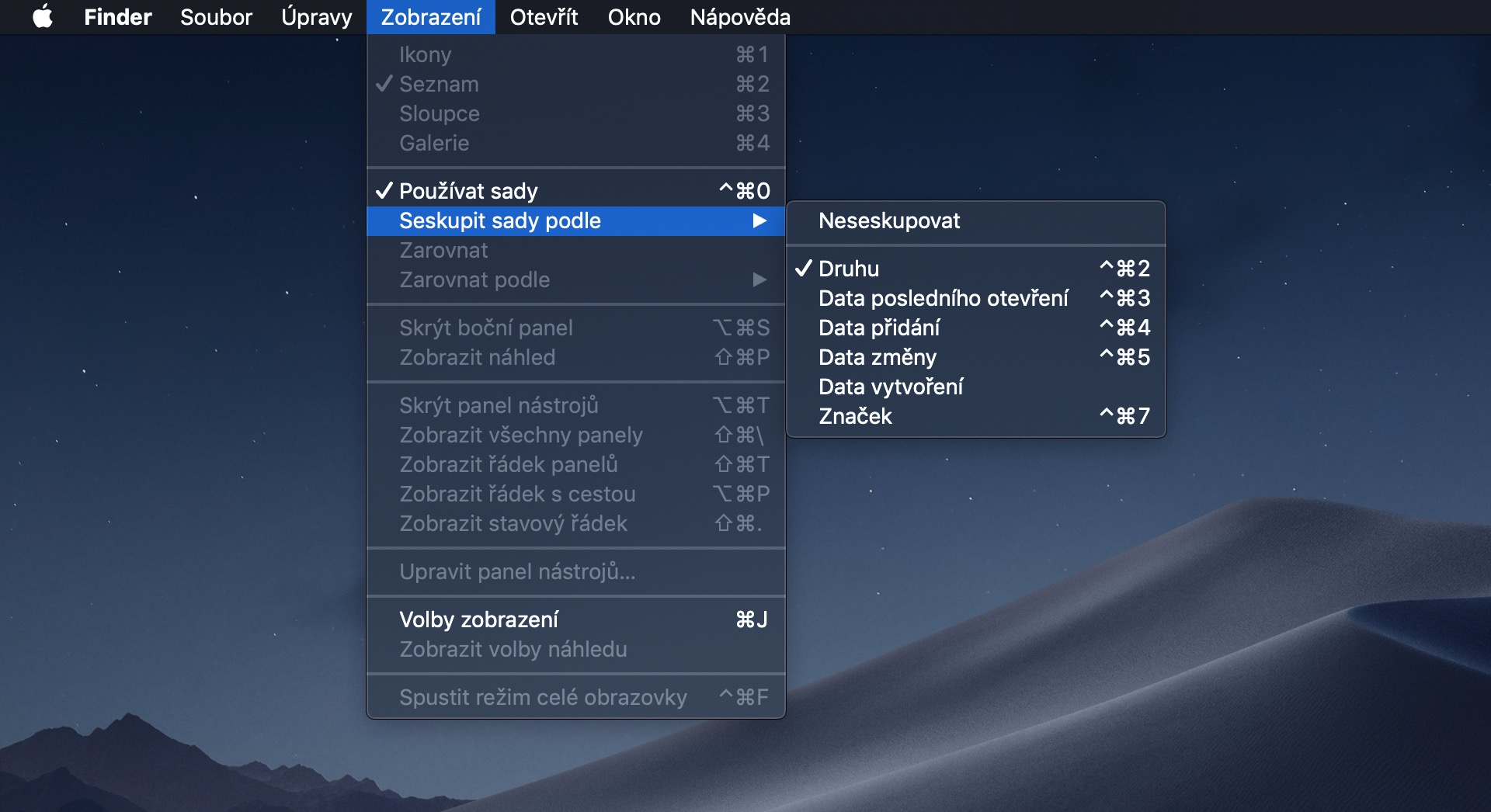The macOS operating system includes countless different functions that are primarily intended to help you in your daily functioning. Many of these features are common knowledge, but some remain rather undiscovered and known only to those individuals who use a few Apple computers, or those individuals who read our magazine. If you are also a Mac or MacBook user, you will certainly find this article useful, in which we look at a total of 10 useful tips and tricks that you may not have known about. You can find the first 5 tips and tricks directly in this article, and the other 5 can be found on our sister magazine Letum pojem pom Applem - just click on the link below this line.
It could be interest you
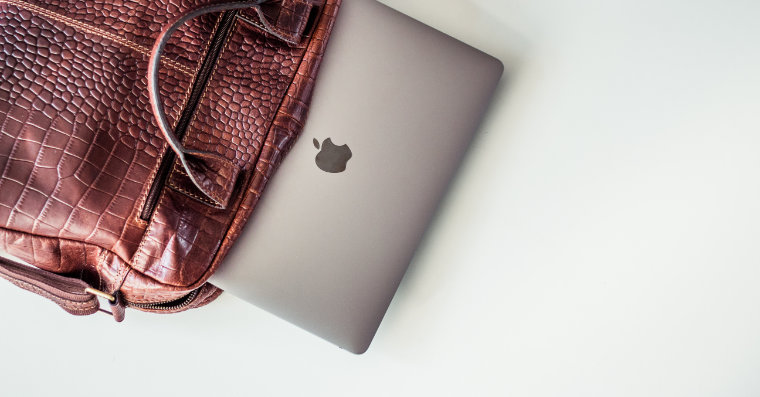
Active corners
If you want to quickly perform an action on your Mac, you can use keyboard shortcuts or options in the Touch Bar. But few people know that you can also use the Active Corners function, which ensures that a pre-selected action is performed when the cursor "hits" one of the corners of the screen. For example, the screen can be locked, moved to the desktop, Launchpad opened or the screen saver started, etc. To prevent it from being started by mistake, you can also set the action to start only if you hold down the function key. Active corners can be set in -> System Preferences -> Mission Control -> Active Corners… In the next window, that's enough click the menu a select actions, or hold down the function key.
Quickly hide the Dock
From time to time, you may find yourself in a situation where the Dock gets in the way of your work. The law of approval is that when you absolutely need the Dock, it takes a long time to show up. But as soon as you don't even want to see it, it will start to display cheerfully. The good news is that you don't have to wait for the Dock to "drive" back to the bottom of the monitor if needed. Instead, just press a hotkey on your keyboard Command + Option + D, causing the Dock to disappear from the desktop immediately. The same keyboard shortcut can also be used to quickly display the Dock again.
It could be interest you
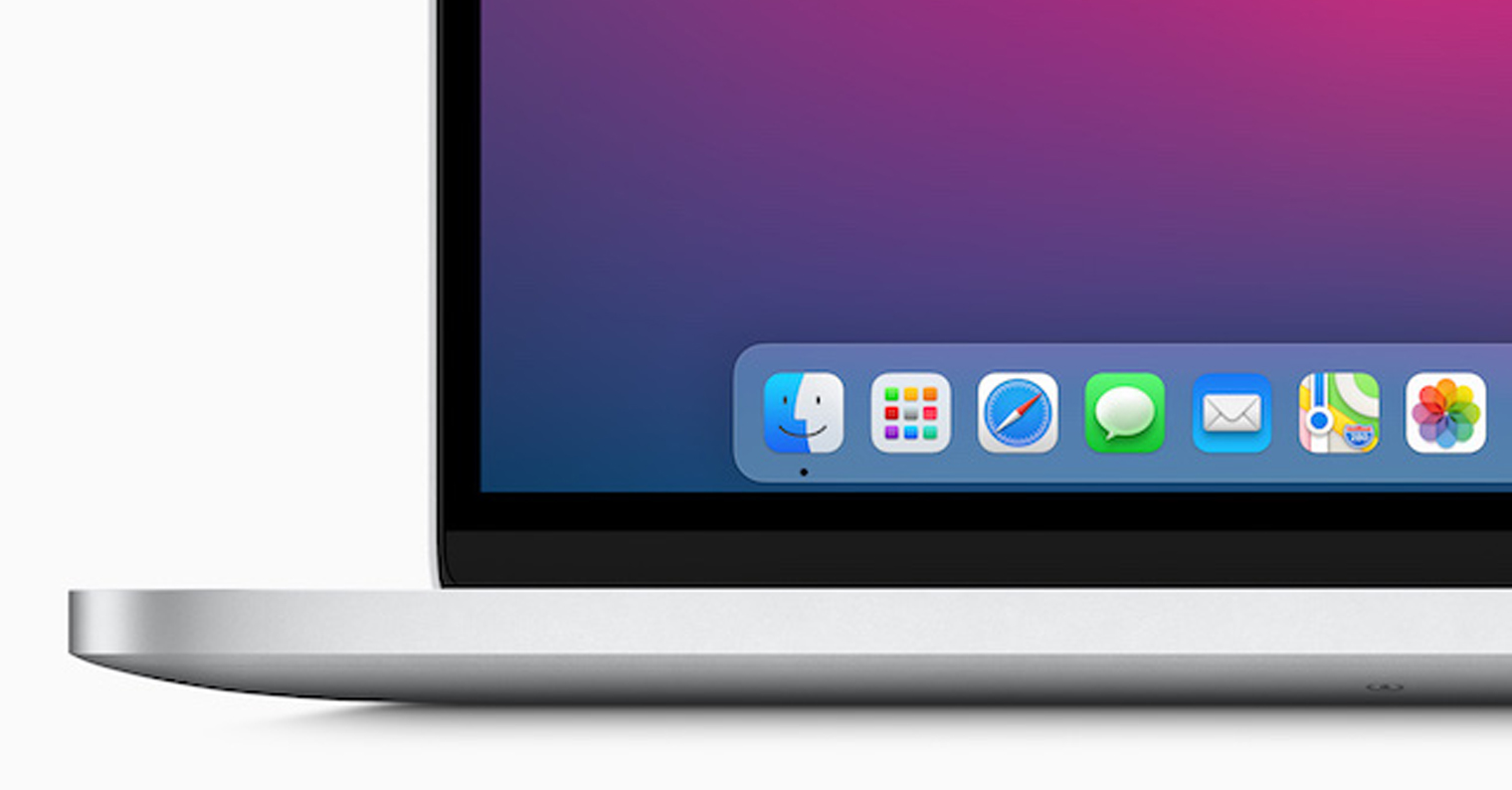
Preview before opening
If you're currently working with many files at once, such as photos, you can view them in icon view in the Finder without having to open them. However, the truth is that these icons are relatively small and you may not be able to recognize some details. In that case, most of you will probably double-click the file to display it in Preview or another application. But this costs time and also fills up the RAM. Instead, I have a great tip for you to use if you just want to view the file and not open it. You simply need to marked the file and then held down the space bar, which will display a preview of the file. As soon as you release the spacebar, the preview will be hidden again.
Use Sets
It's been a few years back when Apple introduced the Sets feature that can be used on the desktop. The Sets function is primarily intended for individuals who do not keep their desktop tidy, but would still like to have some sort of system in their folders and files. Sets can divide all data into several different categories, with the fact that once you open a certain category on the side, you will see all the files from that category. This can be, for example, images, PDF documents, tables and more. If you would like to try the Sets, they can be activated by pressing the right mouse button on the desktop, and then selecting Use Sets. You can deactivate the function in the same way.
Zooming in on the cursor when you can't find it
You can connect external monitors to your Mac or MacBook, which is ideal if you want to enlarge your desktop. A larger work surface can help in many ways, but at the same time it can also cause slight harm. Personally, on a larger desktop, I often find that I can't find the cursor, which simply gets lost on the monitor. But the engineers at Apple thought of this too and came up with a function that makes the cursor several times larger for a moment when you shake it quickly, so you'll notice it right away. To activate this feature, go to -> System Preferences -> Accessibility -> Monitor -> Pointer, where activate possibility Highlight the mouse pointer with a shake.

 Flying around the world with Apple
Flying around the world with Apple 
